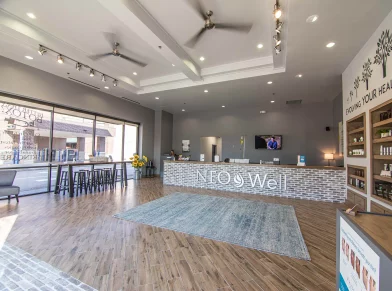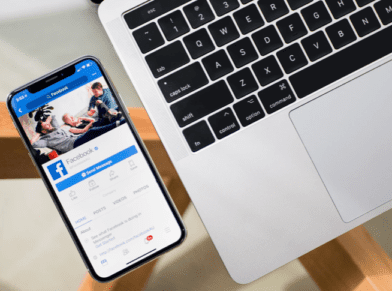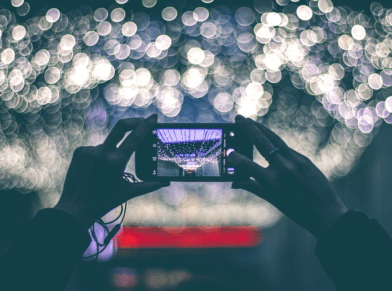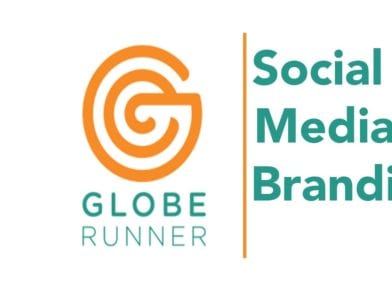HASHTAG HACKS TO BOOST YOUR BRAND’S SOCIAL MEDIA MARKETING
Gone are the days when a good old-fashioned number sign was recognized as anything but the almighty hashtag. Now, add those two vertical and two horizontal lines in front of any word and it creates an online filing system that makes the term or phrase both searchable and discoverable across the web.
It’s so effective that posts which employ hashtags get 70% more likes than those without, according to a study by Agorapulse.
However, hashtag strategies are one part science and one part art. They’re situationally dependent, changing based on both the type of content you’re sharing and the platform that houses it. What’s more, haphazard hashtagging is a quick way to confuse your customers and can even turn them away from your brand.
Want to bolster your social media marketing? Effective hashtags help new target audiences discover your content and connect with your brand? These hacks will help.
Hashtag Research
Researching hashtags is not altogether dissimilar to keyword research. Both require some specificity and knowledge of the niche. They also involve coming up with multiple iterations of the same word or phrase to cover all bases.
For instance, if you know #creativeagency is a fit, you might also try couplings like #agencylife #creativesBTS #agentsoftheagency that have similar terminology but can make contact with different audiences. They each have their own unique online traction but ultimately support and boost your cause. The more combos you can craft, the better.
We recommend researching a tag in Instagram, then looking to see what other hashtags that top posts are using. You can also use the search box drop-down list to see what similar hashtags populate when you start typing #keywords.
As you might expect, there are entire companies whose sole purpose is devoted to discovering trending and popular hashtags. Besides looking on other social media channels like Twitter, Google Plus, and Facebook, you can also visit monitoring analytics sites like:
- Hashtags.org
- Trendsmap
- Hashtagify.me
- RiteTag
- Hashtag Etiquette
Different social media channels require different content strategies to trigger the most engagement with your posts. Some are short form, some long, and the same is true when it comes to the corresponding hashtags.
Though all of them technically allow up to 30 tags per post, here’s how we recommend you structure them for each platform:
- Twitter – With only 140-280 characters, you’re limited in what you can say. A concentrated approach is always best. Focus first on your key messaging and if you’ve said all you need to with no room left for #’s, that’s a-ok. Well-written content will expose itself, with or without the hashtags. If you do have room for some hashtags though, make sure you’re selective. We’re talking one to three max. Weighing down your tweet with too many tags may make it too heavy to fly.
- Facebook – FB was a little late to the hashtag party, and still isn’t huge on them. Still, if you know how to work their system, they can still be an effective means of exposure. Though you’re not limited by character count, #too #many #hashtags #can #clutter #your #copy. Think brevity, relevancy, and intentionality.
- Instagram – The ‘gram is a totally different ballgame. We’re pro maxing out your hashtag limit since there’s a generous 2200 character limit and clever ways to disguise your tags within the post itself. Include your collection as one of the comments or by housing them below your post copy with a string of vertical ellipses.
.
.
.
#so #it #will #look #something #like #this
And speaking of Instagram…
Did you Know?
- Hashtags have now been deemed clickable from your profile! Adding them to your intro could be a good traffic tactic.
- Users can follow entire hashtag streams! Anything that piques their interest is fair game. When they follow a particular topic, content that correlates will populate their feeds anytime a post uses the specified hashtag.
- You can even include linkable hashtags in your Instagram Stories! There’s a sticker expressly designed for this purpose. When a follower clicks it, they’ll be transported to the hashtag’s feed, same as they are when clicking directly from a post in your main IG page.
Types of Hashtags
Here’s where we do some hashtag heavy lifting. These various varieties allow you to craft your own personal hashtag strategy. Use some, all, or a combination to help you meet the masses.
#BrandedHashtags – They create a direct line to user-generated content that aligns with your brand and are great at generating awareness. Ex: #GlobeRunnerRockets
#LocationTags – So much of a good SEO strategy is based on incorporating your location. Your products and services are likely to have great appeal with local audiences. That is, if they know how to find them. For example, if you run a pet supply shop in North Texas #dallasdogs could be a nice addition to your posts.
#PromoHashtags – Hosting a contest or giveaway? You’ll need entries to enter. Hashtags like #contestalert and #instagiveaway are like spotlights that can draw bigger crowds that may not have previously interacted with your brand.
#TrendingTags – Though it’s probably not accurate to say hashtags themselves are a trend, some individual tags definitely are. Weather, politics, and current events all drive popular hashtags that can temporarily spike specific searches. Pay attention next time there’s a Google Algorithm update or Apple announces a new iPhone version – you’ll see what we mean. Just be careful not to be too controversial with your posts or tags. It could dissuade or alienate some of your customers.
#TagsForTheMasses – Though we recommend you aim for specific, niche hashtags where you can, there’s certainly a time and place for hashtags with more mass appeal. These are evergreen words and phrases that are highly applicable to almost any post you share. They’re used frequently and searched equally so. Just make sure you have a nice mix so you don’t get lost in the crowd. Examples would include tags like #instagood and #love.
In the end, there are no hard and fast rules when it comes to hashtags. Character limits, yes. But no rules. When in doubt, exercise your best judgment. Using hashtags to identify and support what users are seeing is usually #best.
























